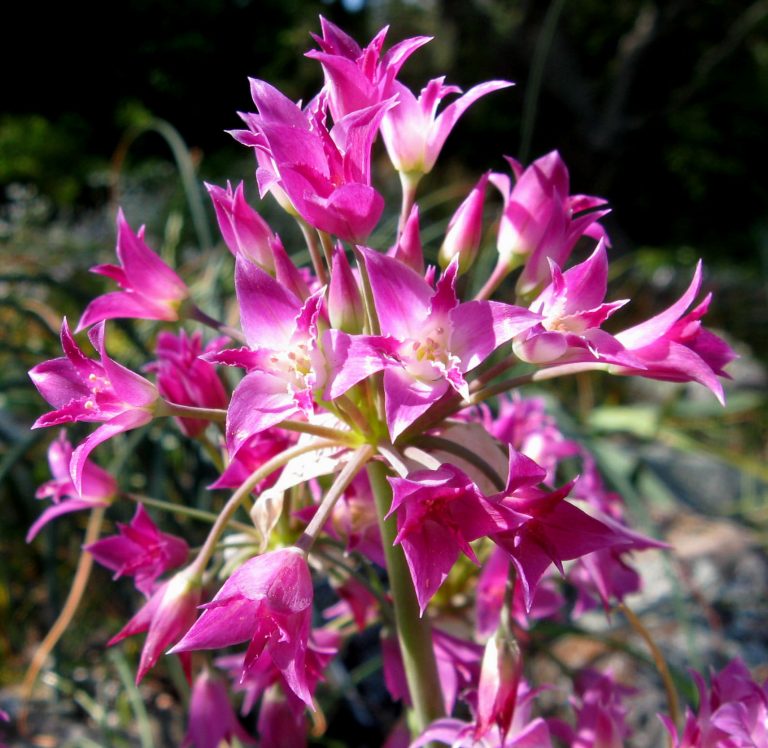Hibiscus – Beautiful Adonis Emerged Transformed as Hibiscus
Scientific Classification
| Kingdom: | Plantae |
| (unranked): | Angiosperms |
| (unranked): | Eudicots |
| Order: | Malvales |
| Family: | Malvaceae |
| Subfamily: | Malvoideae |
| Tribe: | Hibisceae |
| Genus: | Hibiscus L |
The Hibiscus forms part of a genus of flowering plants in the family Malvaceae that is sufficiently large, accommodating many hundreds of varieties spread over the warm-climates, tropical and sub-tropical regions the world over. Varieties belonging to this group frequently display their decorative flowers and generally go by the name “hibiscus,” or less frequently, rose mallow. Another common variety of this genus is the large red Hibiscus Rosa Sinensis This species comprise of perennial as well as annual herbs, also tiny trees and woody shrubs. The general name originated from the Greek word “Hibiskos,” that the famous Greek Botanist, pharmacologist and physician, Pedanius Dioscorides (AD 40-90), gave to the plant Althaea officinalis. A Greek myth tells the story of how beautiful Adonis emerged transformed as hibiscus when Theias’s arrow struck a myrrh tree.
Anatomy
The foliage is egg-shaped to lance-shaped, alternately arranged on the stem, with margin lobed or toothed. The blooms are large and prominent, colored red, pink to white, orange, yellow or purple and shaped like a trumpet having five petals or more, 4 to 18 cm wide. In particular varieties like, H. tiliaceus and H.mutabilis the color of the flower undergoes change while aging. The fruit is a dry capsule with five lobes, each lobe accommodating many seeds, that become free on the dehisces (split opening) of the capsule when mature. White and red colors represent fully fledged flowers.
How to Cultivate Domestically

Preparation for Planting
Locate an area where you get properly drained soil and total sunlight. Hibiscus also adapts well as pot plants. Hibiscus requires loamy soil, not very heavy. The most suitable substrate for hibiscus plant is normal potting earth combined with compost. A combination of 1/3 compost [cow] manure, 1/3 compost bark and 1/3 coarse peat mix is an ideal substrate.
Planting
Plant your hibiscus in the spring or autumn season or during the summer by placing them at a minimum distance of 3 to 6 feet from each other. Make a hole of depth equal to twice or thrice the width of the root ball. In case the soil that you dug out of the pit is of very poor quality, improve its quality by adding a small measure of compost; if not leave it as such. Remove the plant from the container with care and place it in the hole. Half fill the hole with soil and fill water in it, sufficient enough to settle the soil in order to avoid air holes. After you drain the water, top up the hole with soil and water properly.
Planting and Watering
Hibiscus care is equally important. Plant your hibiscus in your garden where you have complete sunlight (for a minimum of six hours). Pour enough water for your hibiscus so that the soil remains moist, not wet. The frequency of watering counts on where you have placed your plants and to what extent it receives sunlight. Few experts suggest regulating the moisture with a system of drip-feed watering.
Flowering Period
Even though many hibiscus flowers blossom in summer and the later part of spring, the true dates of flowering change according to their varieties. The hibiscus variety, “Rose-of- Sharon” flowers pink, white or red color flowers in June as well as July. The woody hibiscus generates pink, white or red flowers having a deep color centered eye; that blooms in April right through August.
After- Bloom Care
Following seasonal flowering, leave the leaves as such; never cut them off. They collect sunshine and prepare food by the process of photosynthesis, thereby strengthening the bulbs for the next season. Water is essential. Discard the stalks and foliage when they turn yellow.
As Cut Flowers

Photo by: KENPEI
In case you fancy Chinese hibiscus in the cut flowers form, and want to ensure a longer shelf life for them, pick them up as soon as the blossoming buds start popping open, and remove them indoors where you can protect them against direct sunlight and high temperatures. Hibiscus blooms on a regular basis towards the end of spring and beginning of fall. They are good as cut flowers for your indoor ornamentation.

Having discovered a fondness for insects while pursuing her degree in Biology, Randi Jones was quite bugged to know that people usually dismissed these little creatures as “creepy-crawlies”.







